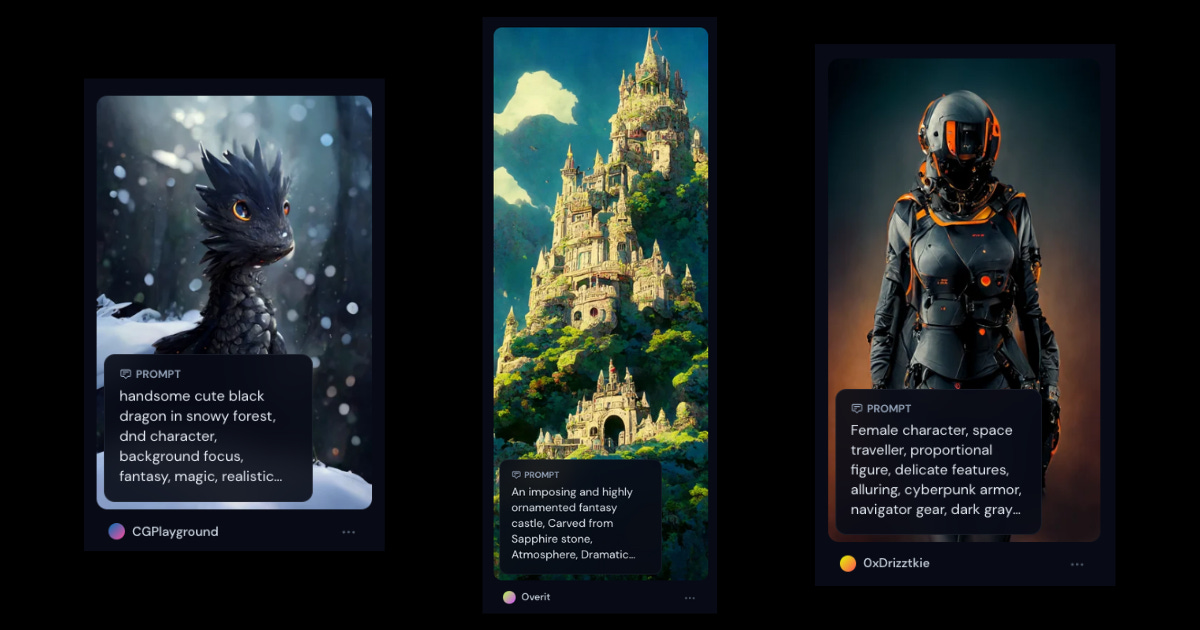No 30: 5 ways creatives are using AI to improve their creations
When everyone is writing, designing, and creating with AI, where will you be?
Where is your place in the future of work? Let’s find out together.
First, some numbers:1
30% - Gartner predicts 30% of outbound marketing messages from large organizations will be synthetically generated by 2025
50% - of drug development initiatives will use generative AI by 2025
2024 - The EU will pass legislation to mandate “watermarking” of AI generated artifacts
Dear friends,
Making things with AI is the future of creativity.
Today’s issue highlights how creators are experimenting with and using AI to augment their work. Much of media reporting talks how AI and automation will displace and eliminate future workers. What’s less covered is how we learn to use AI to augment our abilities. For today’s students and young adults, using AI is just another tool like the personal computer, creative software like Photoshop, or using social media to broadcast our work and ideas.
I enjoyed putting together this issue and love to hear your thoughts on the applications of these AI tools and what it means for your futures.
How Taryn Southern sees AI as creative “Collaborator” for students
Taryn Southern is a performer who likes to experiment with cutting-edge technologies. She’s recorded a pop album that she co-wrote with some AI code, for instance, and she’s created a digital clone of herself that she can use to make videos for her popular YouTube channel.
In this podcast, Taryn talks about “why she sees these technologies as transformative, as well as her thoughts on the potential downsides for humans if AI takes a greater role in storytelling and creative expression.”
via EdSurge
Designer Philippe Starck uses AI to design the first AI chair
One of my favorite designers, Philippe Starck, used generative AI to design his AI Chair.
As the designer, he fed parameters into the computer - his preferences for weight, shape, material, and production process. Then Starck and AI learned from each other with each design iteration to arrive at the final design.
“In getting to know each other, Starck was teaching the system about design intent while the A.I. was trying to learn as much as possible, in order to be as helpful as possible,” says Mark Davis, a senior director of design futures at Autodesk. “As the relationship between the two matured, the system became a much stronger collaborative partner, and began to anticipate Starck’s preferences and the way he likes to work.”
Read more at Curbed
Descript uses AI to make video and podcast editing easier
If you’ve done any video or sound editing with traditional tools like Adobe Premier or iMovie, then you know the tediousness of working with clips, overlays, voice-overs, and timelines.
At first glance, Descript reimagines away the editing desktop into more of a desktop word processing model. Underneath, it uses AI to transcribe video, over dub your voice, and enhance audio quality.
Free access gets you three hours of video transcription so you can try Descript for your video and audio editing.
Using AI to create virtual training and how-to videos
Imagine the production process of creating how-to videos - from finding on-screen talent, setting up a production studio, script writing, and final editing. What if you could do it from your browser starting with a AI virtual spokesperson?
Can a computer draw what you tell it?
The drawings above were created by AI art program, Midjourney, from the text prompts of different “artists”. With AI tools like this, imagine your creative output driven by the imagination of your text descriptions - not your art skills.
Here’s four versions that Midjourney created for me using this simple prompt - “twilight landscape cave volcano dune”.
Play around with Midjourney and ask yourself - what happens to art schools?
Till next time…






